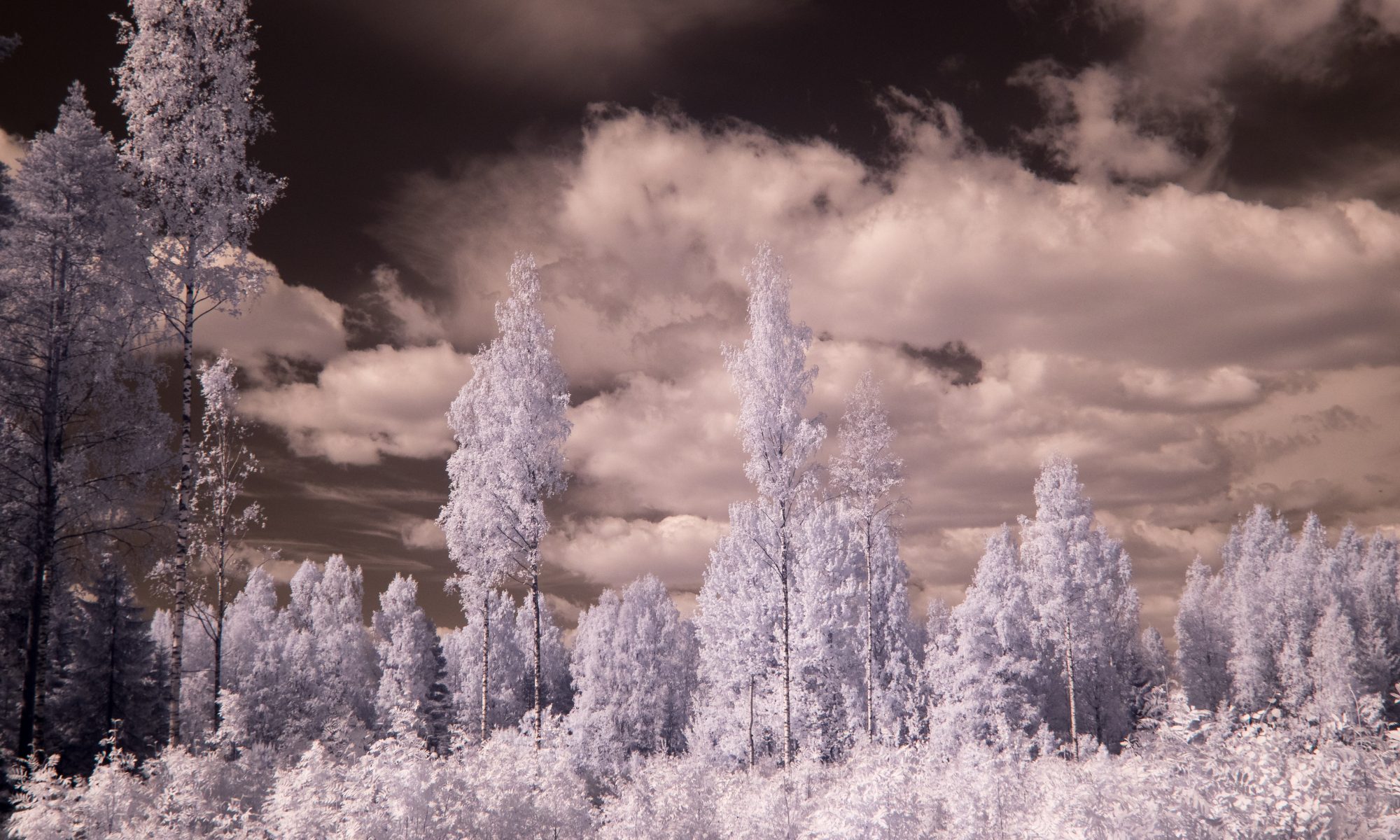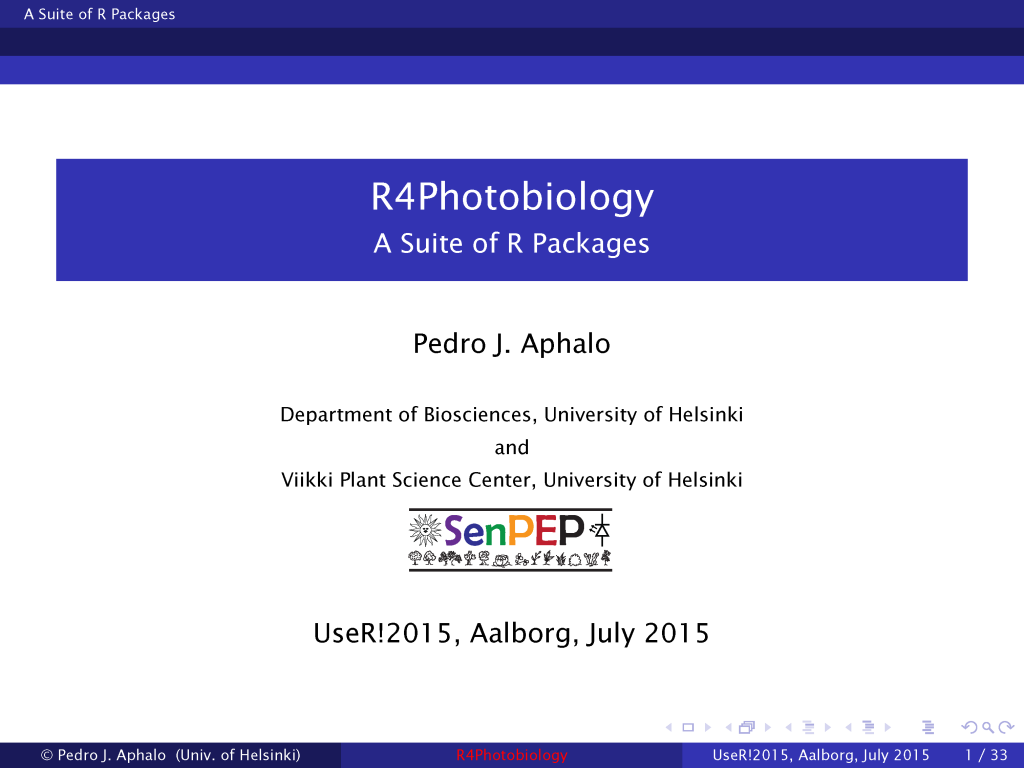
Using R to acquire spectral data
My talk at the Nordic Ozone Group meeting. Although this is a video, I used it as one would use slides, with me speaking live. A true video with sound or subtitles will be produced in the future. The presentation is a demo of the R package ‘ooacquire’, which I have written. It is currently in use at the SenPEP research group, CanSEE research group and the Finnish Meteorological Institute (including at a station in India). The package implements algorithms developed by our collaborator Lasse Ylianttila at the Radiation Authority Finland.
Researchers mentoring researchers
Mentoring has been an everyday activity for me as supervisor of students (PhD and MSc) and postdoctoral researchers. This mentoring has usually focused mainly on research itself, and the specific field of research I work in. In addition I have brought to the discussion more general topics but they had been mostly unplanned detours from other discussions. To some extent, answering questions in ResearchGate, StackOverflow and through e-mail, has also been small-scale mentoring. I have regularly taught at and organized training events for PhD students and early stage researchers. In recent years I have edited a handbook on methods in photobiology, and co-authored another one on calculations related to photobiology. I have written a text book on the R language, aimed mainly at independent learning. I have developed open-source software to make correct calculations and plotting of radiation data as used in photobiology easier. The aim behind all this work has been to make “good science” easier to carry out, and through mentoring and training, to encourage other researchers in my own field to pay more attention into avoiding methodological pitfalls. Continue reading “Researchers mentoring researchers”
Ultimate vs. proximate questions: Can plants use UVB to predict the future?
Update on our R packages
We have been using R for our data analyses for several years, and accumulated expertise and scripts for calculations related to photobiology. After more than two years of work of programming and documentation writing, in the last year I have submitted eight packages to the CRAN repository, packages that are now widely available for anybody to use. All code and documentation is open-source and open-access.
There are still more packages under development of which the ones I find more interesting are two that allow direct acquisition of spectral data from within R allowing use of all the power of R to analyse spectra in almost real time during measurements. They also incorporate state of the art correction algorithms for array detector spectrometers.
The suite of packages has its own web site at http://www.r4photobiology.info and those already in CRAN can be searched through METACRAN.
RCAFi
In recent times I have been participating in RCAFi (Red de Científicos Argentinos en Finlandia = Network of Argentinian Scientists in Finland) of which I am currently the scientific coordinator. The minister of Science and Technology of Argentina recently visited Finland, and RCAFi members had dinner with him at the Ambassador’s residence.
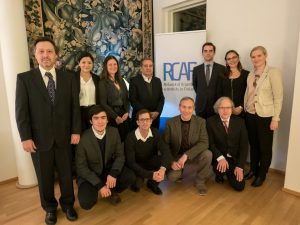
Two book preprints
We have published two books through Leanpub. They are not yet 100% complete but they are available for download.
R for Photobiology: Theory and recipes for common calculations
https://leanpub.com/r4photobiology
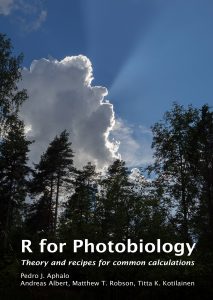
This handbook describes how to use R as a tool for doing calculations related to research in photobiology. Photobiology is the branch of science that studies the interactions of living organisms with visible and ultraviolet radiation. The most frequently used calculations are related to the characterization of radiation and of the responses of organisms to radiation. Many of these calculations are also used in Biophysics, Meteorology and Geophysics.
Learn R …as you learnt your mother tongue
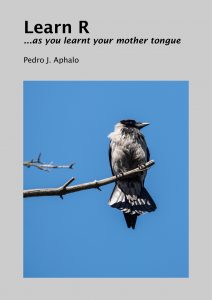
Learn the R language as a child would: Do not struggle, just play! If going gets difficult and frustrating, take a break! If you get a new insight, take abreak to enjoy the victory!
Our new growth chambers
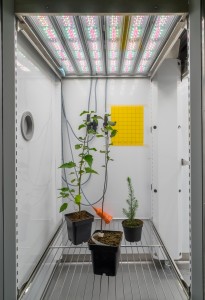
Two new growth chambers have been delivered some days ago and were switched-on yesterday. We have been longing for good chambers for some time, in particular chambers with a rather small size but capable of achieving high irradiance. Our chambers were supplied by Aralab with a series customizations that will make them very well suited for our research in photobiology: LED lighting using a modular design, at the moment with Valoya B50 fixtures “AP67”, but user exchangeable by other types lighting modules. Dimming is possible down to 10% on each of three “channels” allowing a range of irradiance at 20 cm from the enclosed lamp canopy ranging from 40 μmol m-2 s-1 to 1100 μmol m-2 s-1, being possible to set steady-state irradiance in steps as small as approximately 5 μmol m-2 s-1, and to program stepless irradiance ramps. Being the design modular, although currently all our B50 modules have the same spectral emission characteristics, will allow us to mix and match B50 modules as needed and control the mixing ratio between three types of spectra if desired. The main idea of this design is to be able to achieve at reasonable cost a system that will allows us to grow plants under different light spectra without sacrificing the ability to achieve a high irradiance under each of them. Another important design point for our research is that the “window” of the lamp canopies can be easily exchanged, and given the rather low downward thermal radiation emission of the LED fixtures, plastic sheeting can be used. This will allow when needed in the future to use coloured filters, or UV-radiation transmitting acrylic.
The use of LEDs together with temperature-dependent ventilation of the lamp canopies should result in irradiance in the plant growing area to remain, at a given lamp control setting almost independent of the temperature conditions used in the experiment without need for a feedback control system. This is a fundamental difference with fluorescent tubes located in the plant growth space, for which the light output is extremely temperature and air movement dependent, output decreasing with decreasing temperature.
The chambers are specified to reach a few degrees below freezing in darkness and +5 C with lights on. Humidity control is possible as well as CO2 concentration control, within the range 200 to 1500 μmol mol-1.
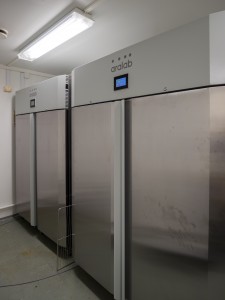
Our chambers are customized Aralab FITOCLIMA D1200 PLLH. The in built controller and the remote access software seems well thought out based on our experience of the last two days of on-site training. More information is available at Aralab’s web site.
I will post in coming weeks some test results and further impressions on these new chambers. Meanwhile I would like to thank the Aralab people for their willingness to listen to our wishes and work along with us in finding the best possible customization for our research needs. I should mention that I have been myself repairing and modifying growth chambers in the past, even designing and assembling simple electronic control systems for chambers already while working on my M.Sc. thesis, long ago and far away.
Slides from my talk at UseR!2015
Special Issue of Plant Cell and Environment
A special issue of the journal Plant Cell & Environment on UV Radiation has been published on-line. I acted as the lead guest editor for the issue. It is available through the PCE website.
